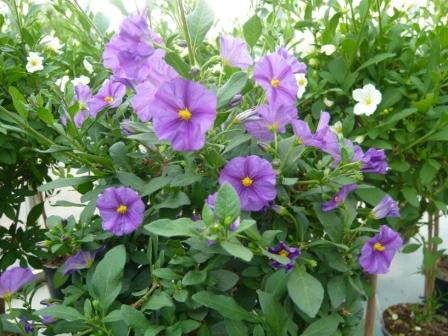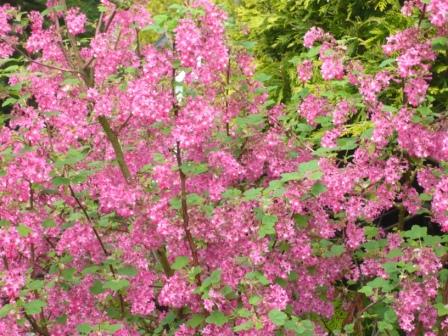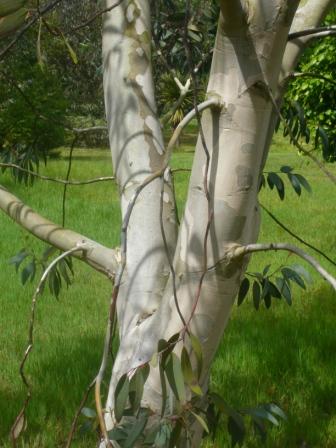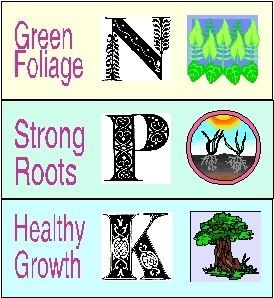Save Water Garden with a Friend
Older gardeners may remember the water company slogan ‘Save Water bath with a friend’ used during the great water shortages of 1976. Are we in for another summer like 1976? Some thinks so others are still suffering floods and unseasonal cold still as Baden Powell said be prepared. I am suggesting help from friendly gadgets to save water in your garden this summer.
Watering Systems for Pots.
- For a cheap system of ‘container watering’ use a big container (they hold more soil and water and have less pot surface area to soil) and mulch the top with 2″ of gravel, slate or bark. Plastic containers evaporate less from the sides but the soil gets hotter than with terracotta pots.
- When you water make sure you give them a long drink. I stand all pots on a saucer and fill it up as well as watering from the top.
- Self watering pots can be bought with a reservoir that avoid 2out of 3 watering requirements when compared to a normal pot.
- The Rolls Royce system would be a full irrigation system from a header tank with computer control as used in commercial nurseries. An easy to use irrigation system based on a modular approach can start from less than £20 and be used in the greenhouse, garden or for pots and hanging baskets.
Buy an Thompson MorganIrrigation system from Thompson & Morgan from this link.










